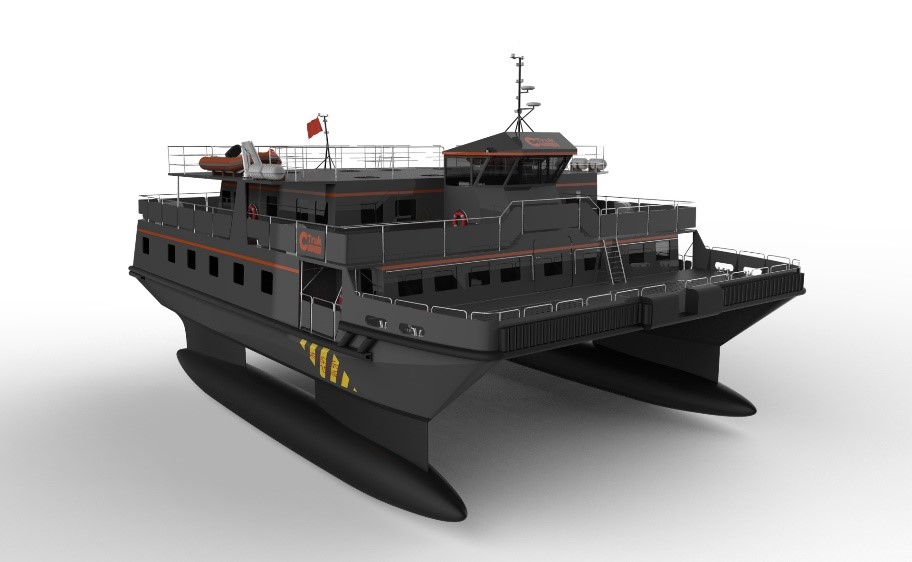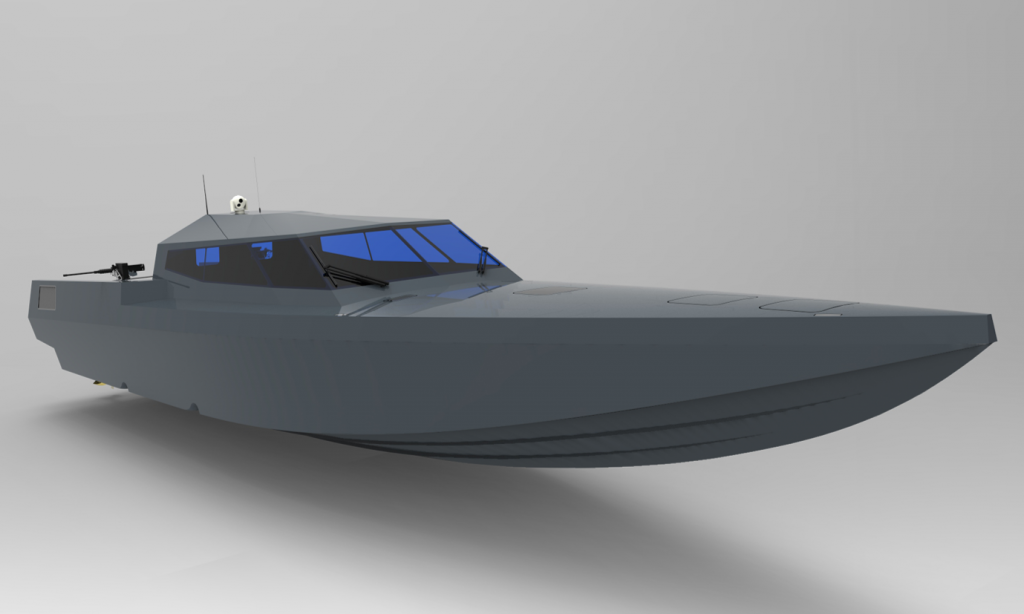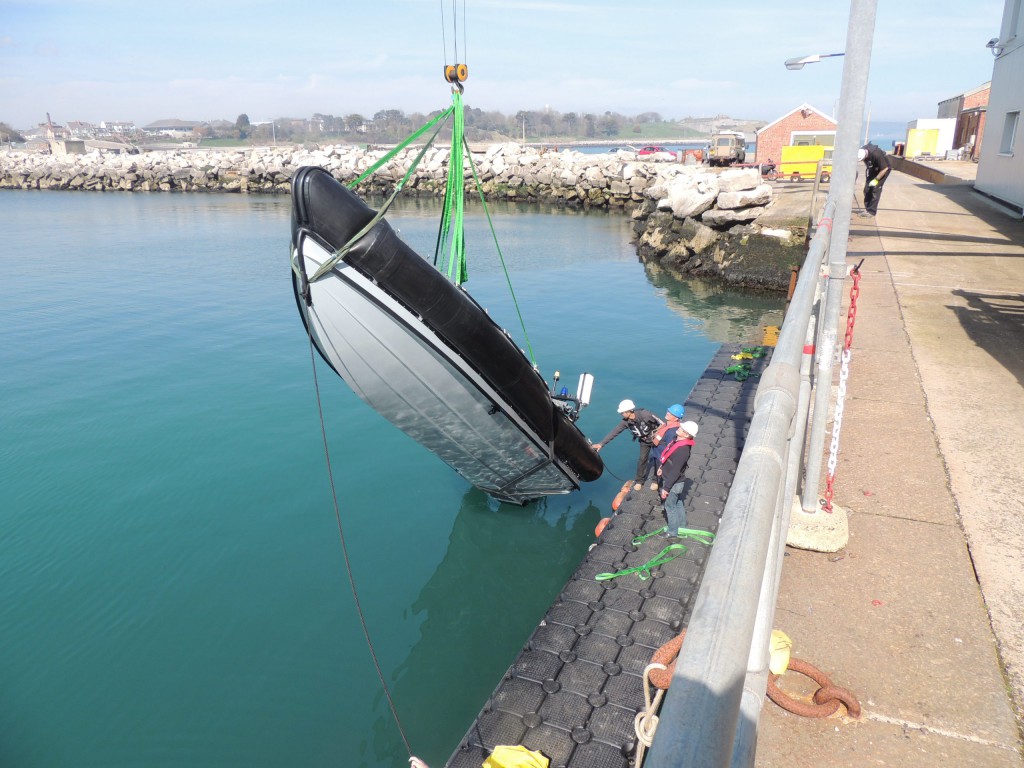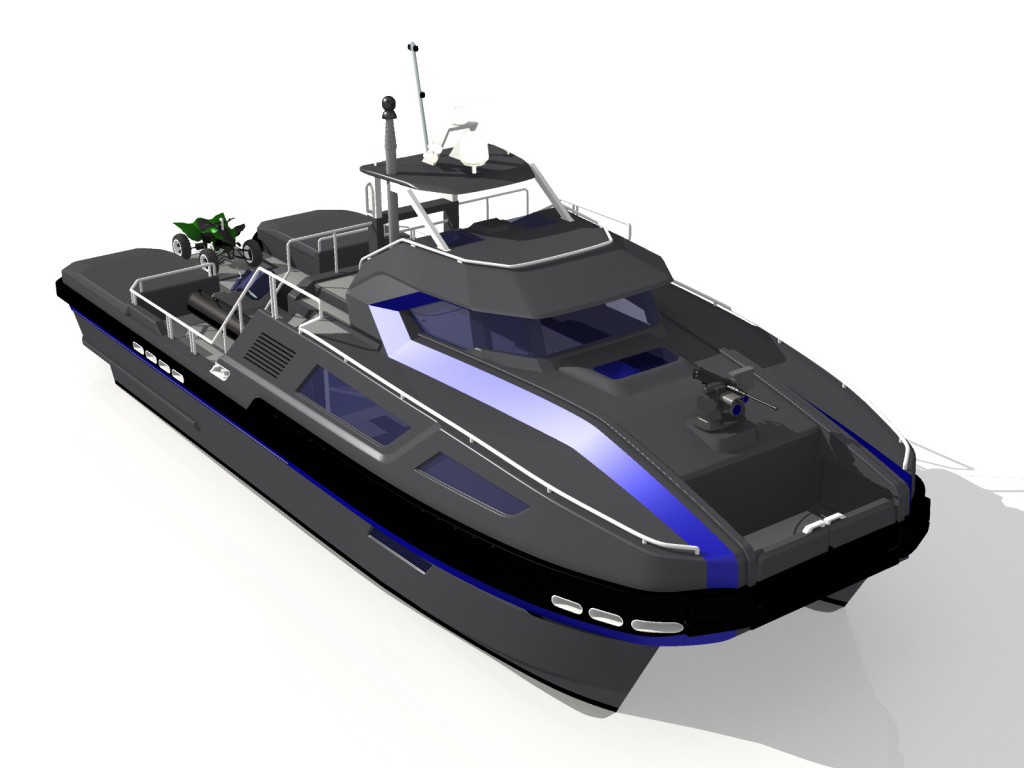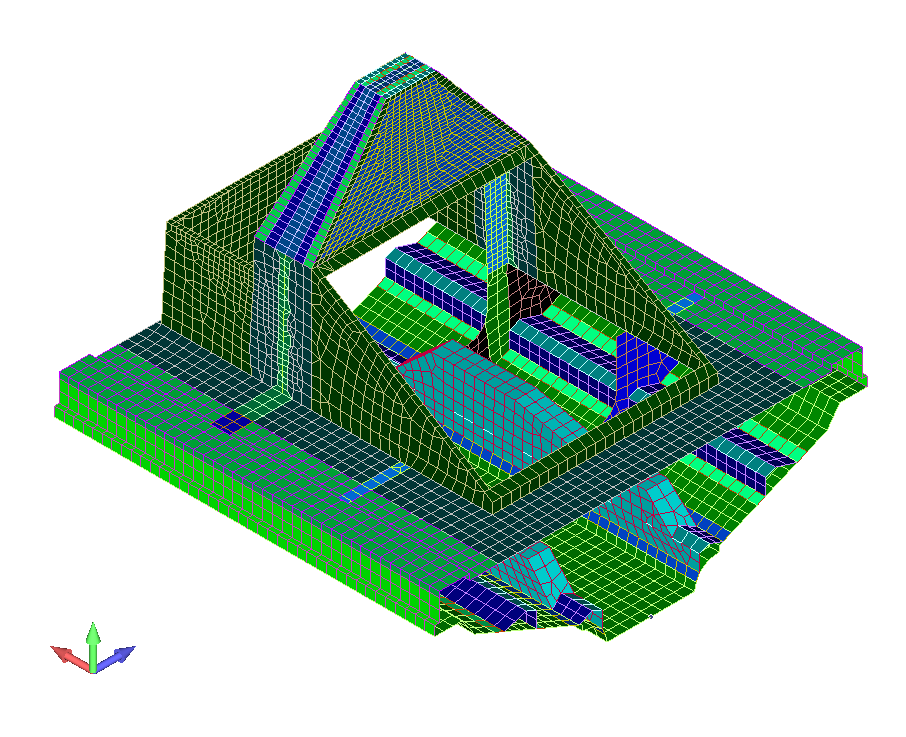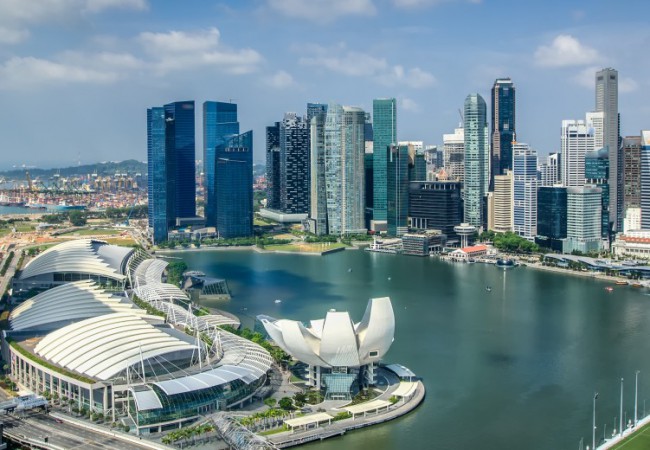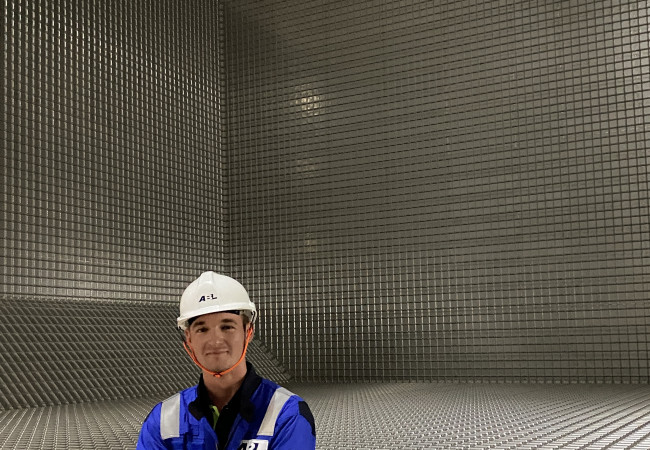Longitude has carried out a variety of projects relating to the development of vessels less than 40m in length, demonstrating a close understanding of issues relevant to such craft such as weight, performance, role flexibility and use of space on board. This has included the following:
- Platform evaluation, technical cost-benefit analysis and capability review
- Vessel layout to achieve required functionality
- Machinery and systems selection. This has included the selection of machinery for use in hot climates, development of operational profiles, specification of engine ratings and overall assurance of fitness for purpose
- Hullform and seakeeping tank testing including displacement, semi-planing and high speed planing craft. This has included carrying out tank testing but also reviewing and analysing results from tests done elsewhere. This has supported the assessment of the suitability of ‘pedigree’ hullforms often used for such projects
- Naval Architectural aspects such as stability, weight management and performance. Detailed ‘bottom up’ weight estimates have been carried out, as have ‘top down’ estimates to verify stated figures. Weight management work has often included the estimation of weight growth, and developing an understanding of the implications on stability or performance
- Concept and detailed design of specialist military craft including multi-role Fast Interceptor Craft, and RIBs
- Design and build of high speed, light weight craft with complexity in areas such as combat systems, role-flexibility, daughter boat lifting, air transport and air drop delivery
- Longitude is experienced in the assessment of vessel stability, both from first principles and when analysing supplied stability information
- Small craft structural design in all materials including composites, Aluminium and steel
- Design for human factors in a high speed military environment
- Design for Classification society approval and wider regulatory requirements
- Payload and role equipment: types, sizes, weights, deployment methods, inter-changeability, and the development of specific military design aspects such as the integration of mission equipment or navigation and communications systems
- Accommodation and environmental requirements, including air-conditioning systems
- Vessel safety
- Detailed design and development of drawings and 3D models
Recent projects that are representative of this capability are as follows:
- Design and trial of latest generation military anti-piracy boarding RIB currently in extensive service
- Concept design of windfarm support vessels
- Through life design support of some of the worlds most advanced military craft
- Concept and detailed design of several new build military craft under construction in overseas yards and for use with overseas military organisations

